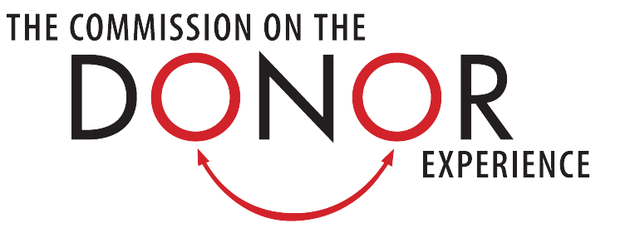CDE project 22 summary: media relations and the public face of charities
- Written by
- The Commission on the Donor Experience
- Added
- May 01, 2017
Getting donors to tell the good stories about your work
Tim Kitchin, December 2016
Reviewed by: Mario Ambrosi

Project 22, 'Speaking Out', recognises that mainstream media reporting makes a significant difference to the way we feel about donating to charities. It suggests six simple principles for the not-for-profit sector to generate more positive coverage that builds donors’ trust and confidence.
The principles are straightforward:
1. Accentuate the Positive
• Communicate the positive impact of your work as much as the problems you address.
Specifically, work to bring project outcomes to life, particularly by using them to authentic voices and enliven your annual reporting
2. Grow the Grassroots
• Seek out the authentic voices of your most committed supporters and beneficiaries, and inspire them to talk freely on your behalf.
Specifically, allow, empower and encourage local evangelists to use social media on your behalf, and agree on protocols and training to engage with mass media
3. Work closely with the media
• Build collaborative media partnerships that engage readers and viewers, and which offer win-wins with media and advertising supporters.
Specifically, create fundraising propositions that have the media as a partner, rather than merely as a ‘channel.’
4. Keep it Personal
• Communicate at a human level, across all channels, at all times.
Specifically, explain beneficiaries’ experiences as personal stories that connect with donors’ real lives, and encourage donors to tell their own stories of emotional connection.
5. Be Brave
• Don’t be afraid to assert a measure of moral authority - in a humble way. Don’t be afraid to lead change on behalf of your donors and beneficiaries.
Specifically, stand up for the work you do by celebrating its impact, while still acknowledging the work that remains to be done. Behave as if you were providing ‘shareholder guidance’ and quarterly forecasts.
6. Be Decisive
• Admit quickly when you screw up - and change things.
Specifically, take decisive actions to honour donors’ needs in terms of your behaviour – and tell people when you’ve done it.
Next Steps
Whilst adopting these six simple principles should help individual charities to build trust and grow market-share for their organisations, they will not be enough to help the charitable sector to improve and innovate as a whole.
Left unfettered, market forces will tend to produce more and more noise and less and less cut-through, simply raising the cost of supporter acquisition and retention. What is needed instead are new forms of co-ordinated sector leadership that ground fundraising less in lifestyle interruption and more in the inspiration and restoration of operating effectively. However, what these measures should look like is beyond the scope of this paper.



















